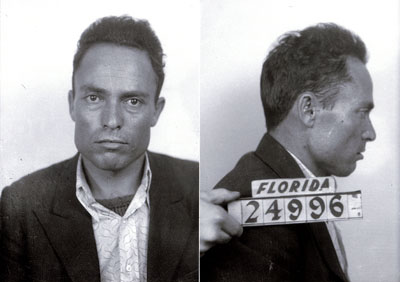Paranoia runs deep

Some notes on yesterday’s events:
(1) It’s a comparison between two different forms of public symbolic violence, but it’s striking how mass shootings of strangers in public is something that was practically nonexistent between 1950 and 1981 in the US, while conversely someone shooting at the president was relatively common during this period, with five such incidents (Truman, Kennedy, Ford twice, and Reagan). Since 1982, we had gone 42 years without anyone actually shooting at a president, although there were a couple of incidents where somebody fired a weapon at the White House. Meanwhile, we’ve had 47 mass shootings in which eight or more people were murdered in a public place since 1982. We had one such incident between 1950 and 1981 (University of Texas tower shooting.)
(2) The initial thread about the Trump shooting very quickly featured dozens of comments speculating that the incident had been staged. This was before it was known that the shooter and at least one audience member had been killed. I will admit that in the moment I didn’t think it was beyond the realm of reasonable speculation that the whole thing was kayfabe. The complete mainstreaming of the paranoid style is perhaps Trump’s most distinctive contribution to American politics and culture.
(3) There were also quite a few comments regretting that the assassination attempt had failed. I’m not going to take the view that political violence is never acceptable, since I consider such a view patently absurd unless “political violence” is defined in arbitrarily narrow ways. Operation Overlord, for example, was political violence on a mass scale. But I will say that anybody thinks that a good way to quell a fascist movement is to make a martyr of the movement’s leader is making a calculation that’s probably wrong, and that this particular mistake is likely to have really catastrophic consequences for the nation in question. (It’s important to keep in mind Scott’s point that as of now we have no idea whether the would-be assassin had any ideological motives, let alone what they were).
(4) A random bit of historical trivia that throws a window on the ways in which the past is a different country. Giuseppe Zangara was executed ten days after pleading guilty to the murder of Chicago mayor Anton Cermak, who died as a consequence of injuries sustained when Zangara tried to shoot FDR, 17 days before FDR’s first inauguration in 1933. Zangara seems to have been some sort of anarchist, although there’s quite a bit of evidence that he was mentally ill, perhaps to the point where he shouldn’t have been criminally liable. His response to his sentencing: “You give me electric chair. I no afraid of that chair! You one of capitalists. You is crook man too. Put me in electric chair. I no care!” His last words: (He was furious that no newsreel was going to be made of his execution): “Viva l’Italia! Goodbye to all poor peoples everywhere! … Push the button! Go ahead, push the button!”
. . . (5) I also think it’s important to remember that Trump and Trumpism have done far more to mainstream the idea that violence is an appropriate tool in American political life than anybody since Reconstruction.


